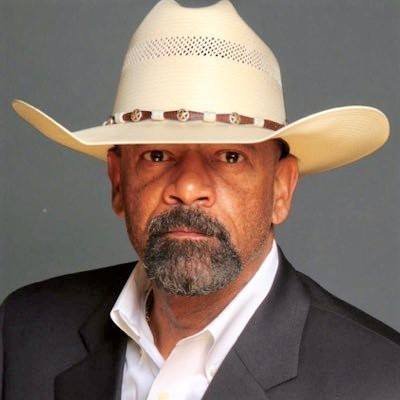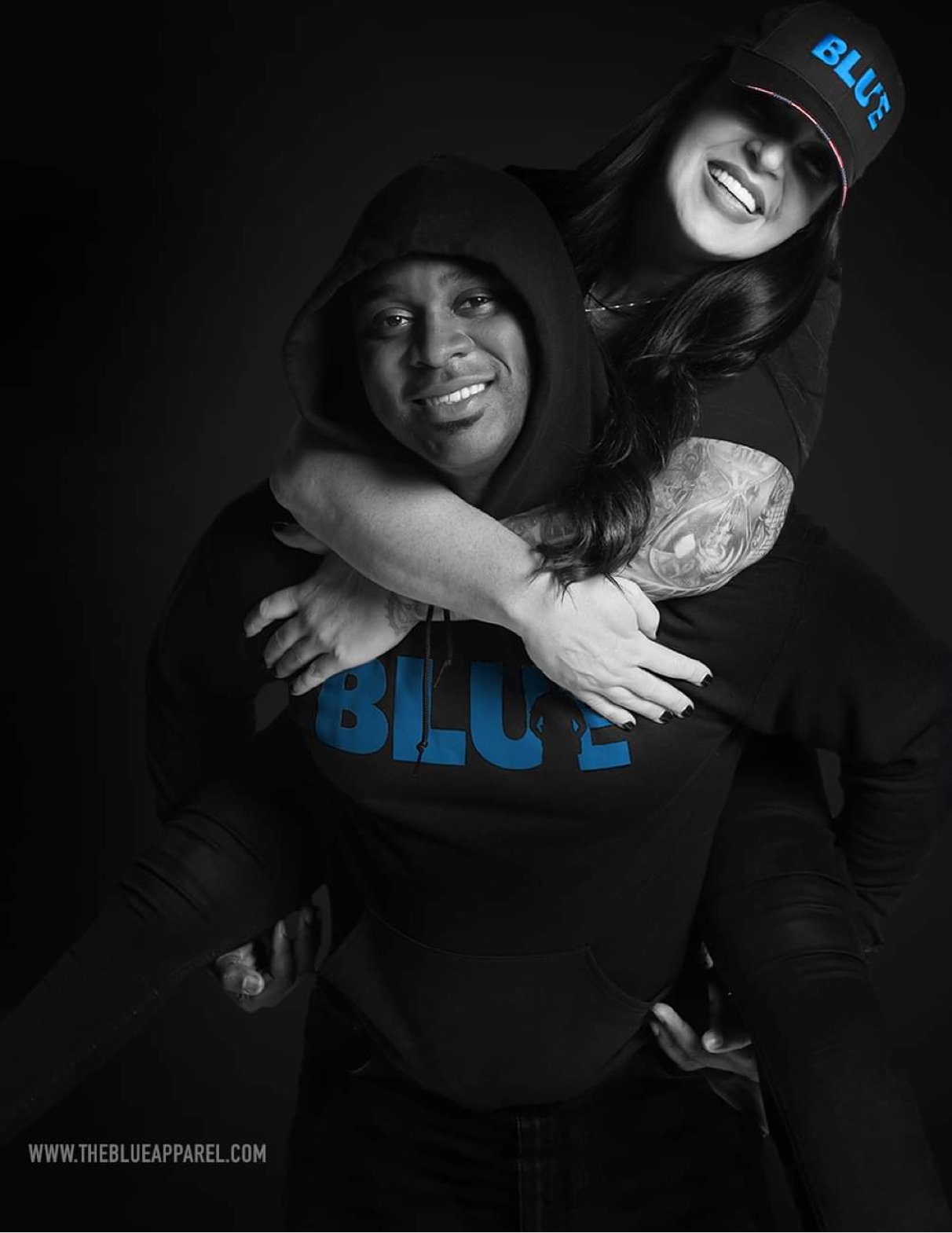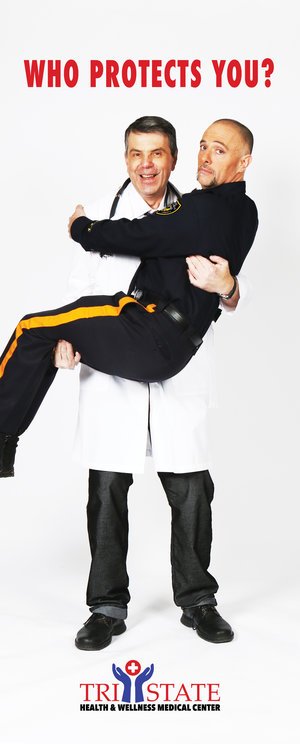Mr. Criminal Goes to Washington
/Many of you can remember the 1939 classic movie titled “Mr. Smith Goes to Washington.” For a refresher, it was a story about a naïve man who is appointed to fill a vacant U.S. Senate seat. He enters a Washington, D.C. that is filled with corruption. All the elected people in Congress have been compromised unbeknownst to Smith as he tries to make a difference and clean things up.
I use this backdrop because Washington D.C. remains the same place today that was depicted in “Mr. Smith Goes to Washington.” In Washington, they are narcissists, oblivious to the world of pain and suffering around them. The political class is totally disconnected from the world, or in this case the country around them. They live in a bubble, a cocoon while insensitive to the plight of Americans living way out there dealing with real-life issues that need attention, things like inflation, rising food costs and rising fuel costs. Rent costs are rising, as is household debt. Rising interest rates have put owning a home out of reach. And then there is another crisis that people are experiencing that the political class in Washington has been insulated from, at least until now.
Crime, violence and disorder have ravaged cities all across America, as the D.C. elites live in area full of security and police and described in news stories as swanky neighborhoods. They haven’t had to live with the murder, assaults and armed robberies that go on unabated in every large urban city in America including neighborhoods surrounding the federal district. The neighborhoods surrounding the federal district have always been crime-ridden, but it was contained therein because elites live in neighborhoods that had been immune from real life outside the federal district. They got away with simply expressing faux concern and virtue signaled in front of television cameras when it happened to somebody else, but in truth they didn’t really care. But their arrogant indifference and attitude that those things happen over there, and not here, has caught up with them.
Several recent crime incidents have grabbed headlines. Now, we have the attention of D.C. media and of the political elite. It has been noted that carjackings in D.C. have smashed the total number that occurred in 2022, and that was a record year. Last year there were 360 carjackings in Washington, D.C. So far this year, there have been 757 incidents. Keep in mind that we are only in October so the total will undoubtedly continue to rise. More notably, several members of Congress have been victimized. Democrat U.S. Rep. Henry Cuellar was recently carjacked outside his Navy Yard neighborhood apartment. Reports indicate that three young, masked males with guns drawn demanded his car along with his phone and luggage. Cuellar went on TV and said that Washington is about two or three times more dangerous than at the border in his district in Laredo, Texas- “and we certainly see it now.” Really? He only certainly sees it now? He even found some humor in recounting the incident by saying that he was more disappointed in losing his sushi that was in the car. This is a perfect example on how oblivious these elites in Washington feel and how disconnected they are from what everyday Americans have been dealing with for the last five or ten years of rising rates of crime, violence and disorder. But as long as crime doesn’t visit D.C. politicians, they whistle past the graveyard. I spent a 40-year career dealing with crime victims. I never saw a victim of a crime of violence joke about it later. Cuellar should get out of the bubble of Washington and visit some crime victim care centers or hospitals where victims of violence are being treated.
There is more indication that we see these elitists getting a dose of reality. Another news story was written that talked about how some D.C. lawmakers are so fearful about crime in the District that they are hunkering down and sleeping in their offices at the Capitol because it has become “very dangerous” after dark. This same U.S. Rep. said, “I don’t want to walk back and forth from an apartment in D.C. at night or in the early morning to get to work. It’s not a safe environment.” Oh really? I have to ask where the everyday citizen goes for respite from the dangers of the streets in their neighborhood that happen in broad daylight? They can’t hunker down in a taxpayer-funded office. The same congressman said that “It’s insane to even own a car in D.C. because it is likely to get broken into and you are likely to get carjacked.” Is this guy just now figuring out what life for the rest of the country is like? Yet another lawmaker said in response to the crime surge that, “Any reasonable person would be afraid of the increase in crime and the danger of being in the capital.” Wait a minute. Is it only important to do something about it because it is happening to them? I want to make something very clear. I don’t wish that crime and violence happen to anybody, but if it has to happen, I can’t think of more worthy people to be victimized than members of the elitist political class, many of them Democrats, who either voiced support for the cop haters after Ferguson, Missouri or after George Floyd that started the movement for defunding police, and if they didn’t say so publicly, their silence in the face of this war on police spoke volumns.
Yes, indeed, Mr. Criminal has gone to the Federal District in Washington. The only difference is that Mr. Criminal is not some naïve guy who doesn’t know what he is up against. Mr. Criminal isn’t there to make things better. He is taking advantage of the naïveté of the political elites. He is there to perpetrate misery and suffering. What political elitists don’t understand is that crime rates are like water. They seeks their own level. You can only put up so many sandbags or walls to protect or insulate yourself from a flood of crime and violence. If it doesn’t stop raining criminals, eventually they will find their way into, over and around any protective barriers.
Sheriff David A. Clarke Jr. is former Sheriff of Milwaukee Co, Wisconsin, President of America’s Sheriff LLC, President of Rise Up Wisconsin INC, Board member of the Crime Research Center, author of the book Cop Under Fire: Beyond Hashtags of Race Crime and Politics for a Better America. To learn more visit www.americassheriff.com




















































